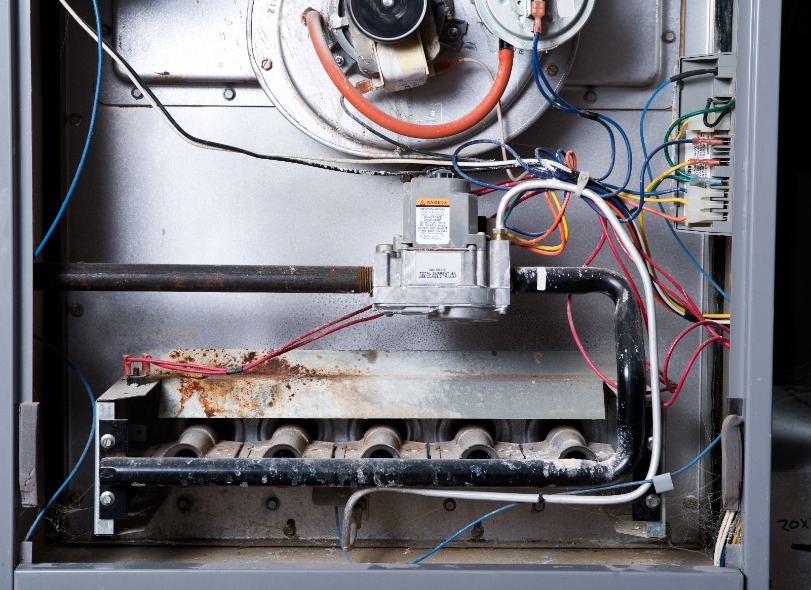Furnaces play a key role in keeping indoor spaces comfortable during cold months. Like other systems, they can develop issues that disrupt consistent heating. Homeowners who recognize problems early can arrange furnace repair before major breakdowns occur. Here are a few common furnace problems and their solutions:
Clogged Filters
Dirty or clogged filters restrict airflow, forcing the furnace to work harder to maintain comfortable temperatures. Blocked filters can cause sediment buildup, reducing efficiency and shortening the equipment’s lifespan. Checking filters regularly helps minimize the impact of clogs on airflow and indoor air quality. For many homeowners, replacing a filter is as simple as sliding out the old one and inserting a new one.
Filters may also cycle more often in homes with cats and dogs due to excess hair and dander. Clean filters improve airflow through vents, and following a regular replacement schedule verifies the system runs smoothly, without added strain or excessive noise. This prevents more serious problems, such as overheating and sudden breakdowns.
Faulty Thermostat
Frequent temperature swings can indicate that the furnace is cycling irregularly. Electronic issues, such as damaged thermostat wiring, often cause furnace short cycling. Problems may also stem from thermostat calibration or placement. A faulty thermostat signal can cause the furnace to run constantly. Other issues linked to a malfunctioning thermostat include inaccurate room temperature readings and delayed furnace starts. Even if the thermostat settings are correct, a room that remains cold may signal a faulty device. Watch for intermittent heating or the system turning on at unusual times.
Possible furnace repair solutions include recalibrating the thermostat and replacing its batteries. Ask a professional to check the thermostat and clean the sensor. They should also inspect the wiring connections and reset the thermostat if necessary.
Pilot Light Issues
Issues with the ignition or pilot light can prevent a furnace from producing heat, even if the blower is functioning properly. A weak flame caused by a dirty igniter leads to incomplete combustion, reducing efficiency and reliability. The pilot light can be inspected to see whether the flame is weak and flickering or steady and strong. Professionals can perform basic cleaning of the flame sensor and nearby components to improve function with specialized equipment.
Older systems generally have standing pilot lights, while newer units use electronic ignition for added safety. Drafts from open windows or vents can extinguish the flame without warning, disrupting consistent heating cycles. Verifying adequate ventilation and sealing gaps around the furnace helps reduce interruptions and maintain reliable operation.
Blower Motor Problems
Failing belts, worn bearings, and dust buildup are common reasons blower motors operate noisily or may even stop functioning entirely. Regular inspections help identify early warning signs that require quick solutions. Such signs include reduced vent airflow, unusual rattling, or squeaking sounds. Simple maintenance tasks, like lubricating the numerous moving parts and tightening loose components, may help improve the motor’s efficiency and extend its lifespan. Motors can overheat if airflow is restricted by blocked ducts, clogged filters, or other obstructions in the ventilation system, potentially causing further damage. Professional heating assistance allows you to quickly address these issues without extended downtime.
Schedule Furnace Repair Services Today
A furnace is not serviced simply by turning it on when the frost arrives — proper care involves more work. Long-term reliability stems from routine actions, including replacing filters, checking thermostat settings, and inspecting ignition systems. Practices such as draft sealing and cleaning rotor cages improve system performance year after year. Schedule furnace repair services today to make sure your furnace is running properly and will keep your home warm during the cool months of the year.









